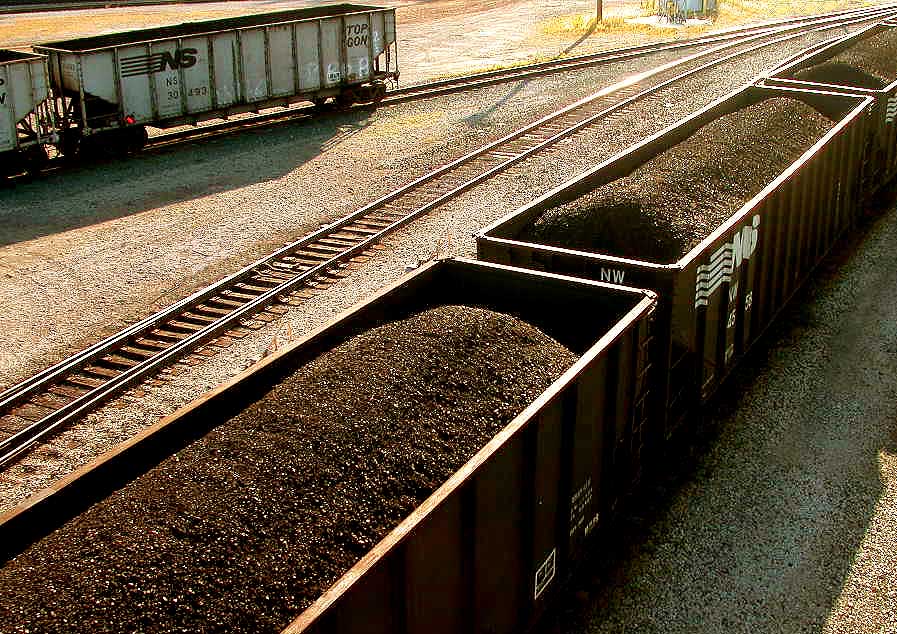
I came up with this idea back in 2005. My coworkers called it Steam Uphill and we all laughed about it.
The basic idea is that you boil a fluid at point B (the boiling place) and allow it to expand upwards. My thinking is that the gas should eventually want to condense at some higher point called point C (the condensing place). The height difference between B & C could be as low as 30ish meters depending on the working fluid.
You'd want to chose a working fluid that satisfies two criteria: 1. It boils at a low temperature - by low temperature I mean zero degrees or below. 2. The latent heat of vaporization value should be low.
Back in 2005 my mom found me a
CRC handbook at a garage sale and gave it to me for Christmas that year. I looked through the book for chemicals satisfying the two criteria. I mostly found refrigerants based on Chlorine, Fluorine, Bromine plus carbon. I'm no chemist but as far as the periodic table goes those chemicals seem to be the building blocks you'd want to work with.
What's the basis of the criteria? It comes down to potential energy vs. kinetic energy. The formula we learn in high school for potential energy is mgh where m = mass, g = the gravitational constant and h = height. The formula for kinetic energy is .5*mv^2 where m = mass and v = velocity.
The way I think of this idea is to imagine shooting a bullet into the air. In physics class you learn that in the absence of air resistance the bullet is going to rise to a point such that its initial kinetic energy (.5*mv^2) equal the potential energy (mgh) at its apex.
So I think choosing a fluid with a low latent heat of vaporization is like choosing a bullet with a low initial speed - when turned into a gas the molecule (bullet) won't go very high before it runs out of oomph. I think the gas molecules will slow down as they rise up and they will eventually want to condense at the apex of their trajectory rather than falling back due to the force of gravity.
So basically the idea up to now explains how you'd apply heat to a fluid to turn it into a gas which then rises up to some height and then condenses back to a fluid. The second part of the idea has the working fluid being channeled into a tube and falling back to height B and powering a hydroelectric turbine in the process. The hydroelectric turbine would make electricity.
You'd use the electricity to power a heat pump which would extract heat from the surrounding air, ground or water. Heat from the heat pump would drive the boiling of the working fluid.
If you got more energy out of the turbine than you put into the working fluid you'd have a new source of power. It would effectively be a solar powered engine that could operate day and night.
I've been working on physics professors and chemistry gurus for a while trying to determine if the idea has legs. If it does I think I should get to name it just like Diesel named his. My baby would be called a Kasten Cycle engine.



-LLNL.jpg)












_(LOC).jpg)






